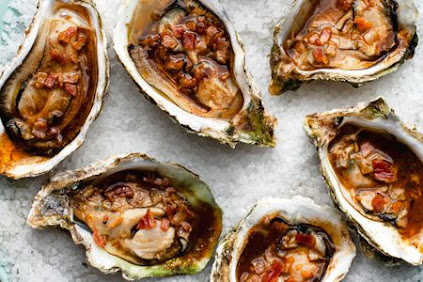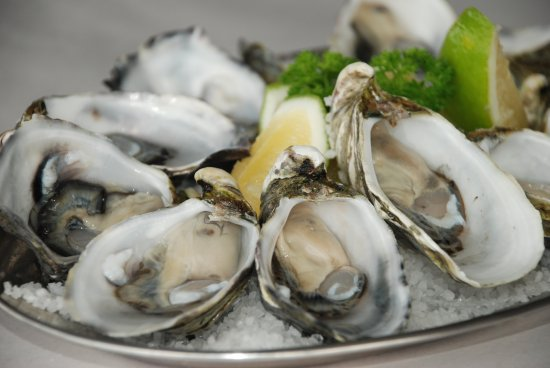Australian Seafood Retailer
Australians have a major hunger for seafood, devouring around 345,000 tons of edible seafood items each year. Seafood, like fish and shellfish, are great wellsprings of protein, Omega-3 unsaturated fats and other fundamental supplements that settle on it a sound decision as a feature of a reasonable eating routine.
In
any case, similarly as with some other sort of food, it's essential to deal
with seafood securely to forestall food-borne sickness. It's particularly
significant assuming you work in an eatery, food retail business, youngster or
matured consideration office or some other business or association that serves
food to the general population.
To
shield individuals you serve from food-borne sickness, follow these protected
methods for purchasing, putting away and planning fish and shellfish.
Instructions
to store seafood Store seafood:
In
the cooler at 5°C or underneath in the cooler at - 15°C or beneath If your
business keeps live seafood in tanks, ensure the tanks are very much kept up
with and circulated air through. Fill them with clean water, appropriate for
the kind of fish being stored - never blend saltwater and freshwater fish in a
similar tank! - and eliminate any dead fish or shellfish from the tanks right
away. Recall that shellfish is a typical food allergen, so keep them in the
first compartments in which they were conveyed, well away from different sorts
of food to forestall cross-defilement (erring on that later). Utilize new
seafood inside two days - and don't simply store your frozen seafood and just
drop it! Cooler consumed fish probably won't be a wellbeing danger, however the
surface and taste is probably not going to intrigue your clients.
Instructions
to purchase seafood :
SHELLFISH
: Never purchase or get ready dead shellfish. Shellfish ruin quickly after
death, which expands the danger of microbial tainting, food contamination,
irresistible illnesses and other medical issues. While choosing shellfish, make
certain to do the accompanying: Discard broken or split bivalves - discard
mollusks, clams, and mussels assuming their shells are broken or broken.
Assuming that shells are open, do a "tap test" - live mollusks,
clams, and mussels will close when the shell is tapped. Check for leg
development - live crabs and lobsters should show some leg development.
FISH
: Always buy seafood from an enlisted Seafood Retailers Australia provider and make sure that it is new, gives no indications of waste and
is shown or conveyed at a protected temperature (5°C or beneath).
When
purchasing or tolerating a fish conveyance, check to guarantee that: it smells
new and gentle its eyes are clear and sparkling the tissue is firm and springs
back when squeezed it doesn't have any solid scents ("fishy", harsh
or foul) it isn't stained, dim or dry around the edges.




Comments
Post a Comment